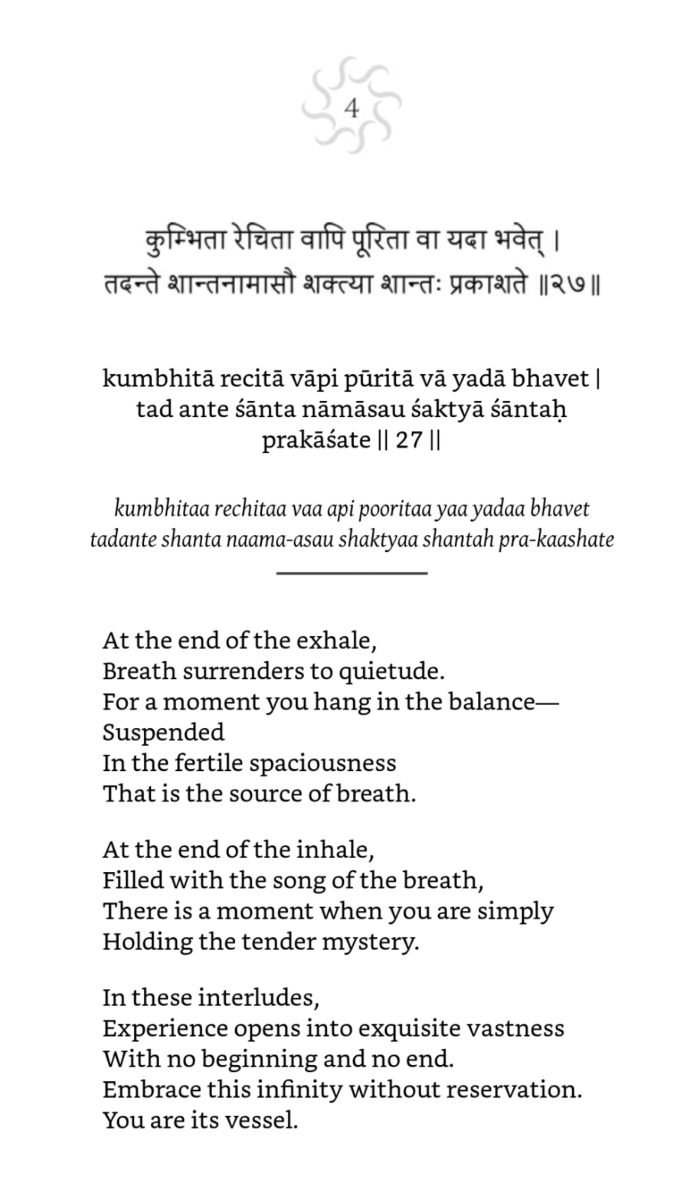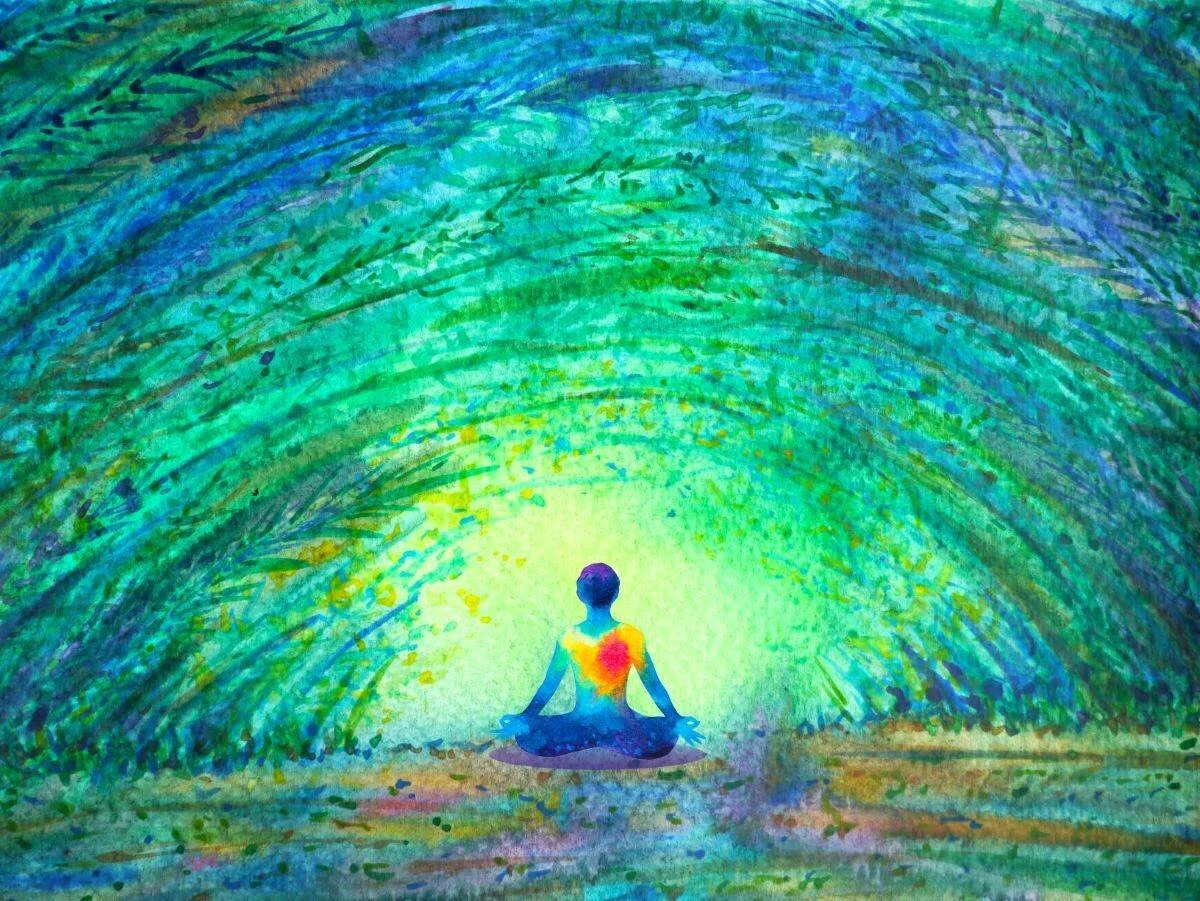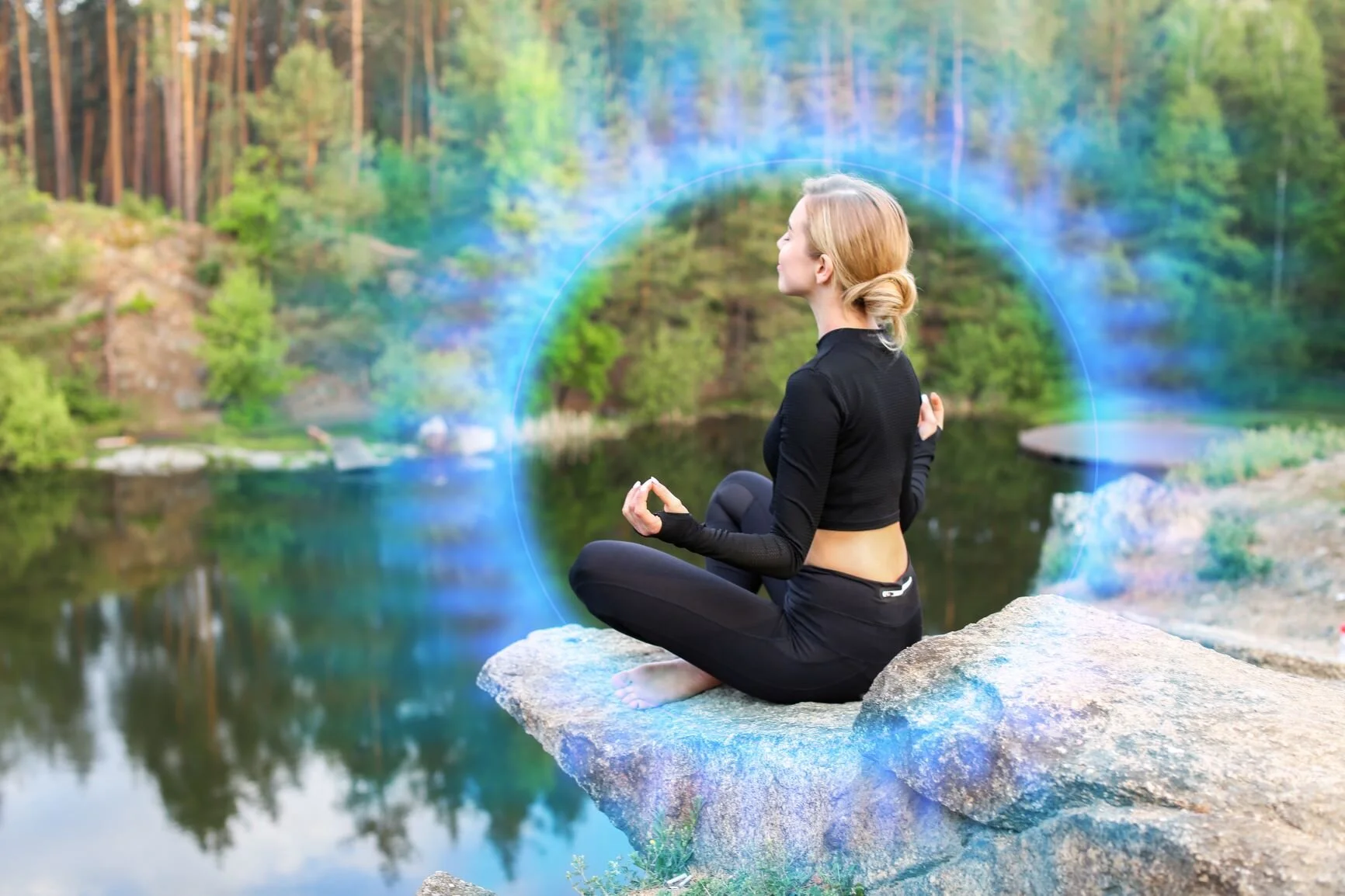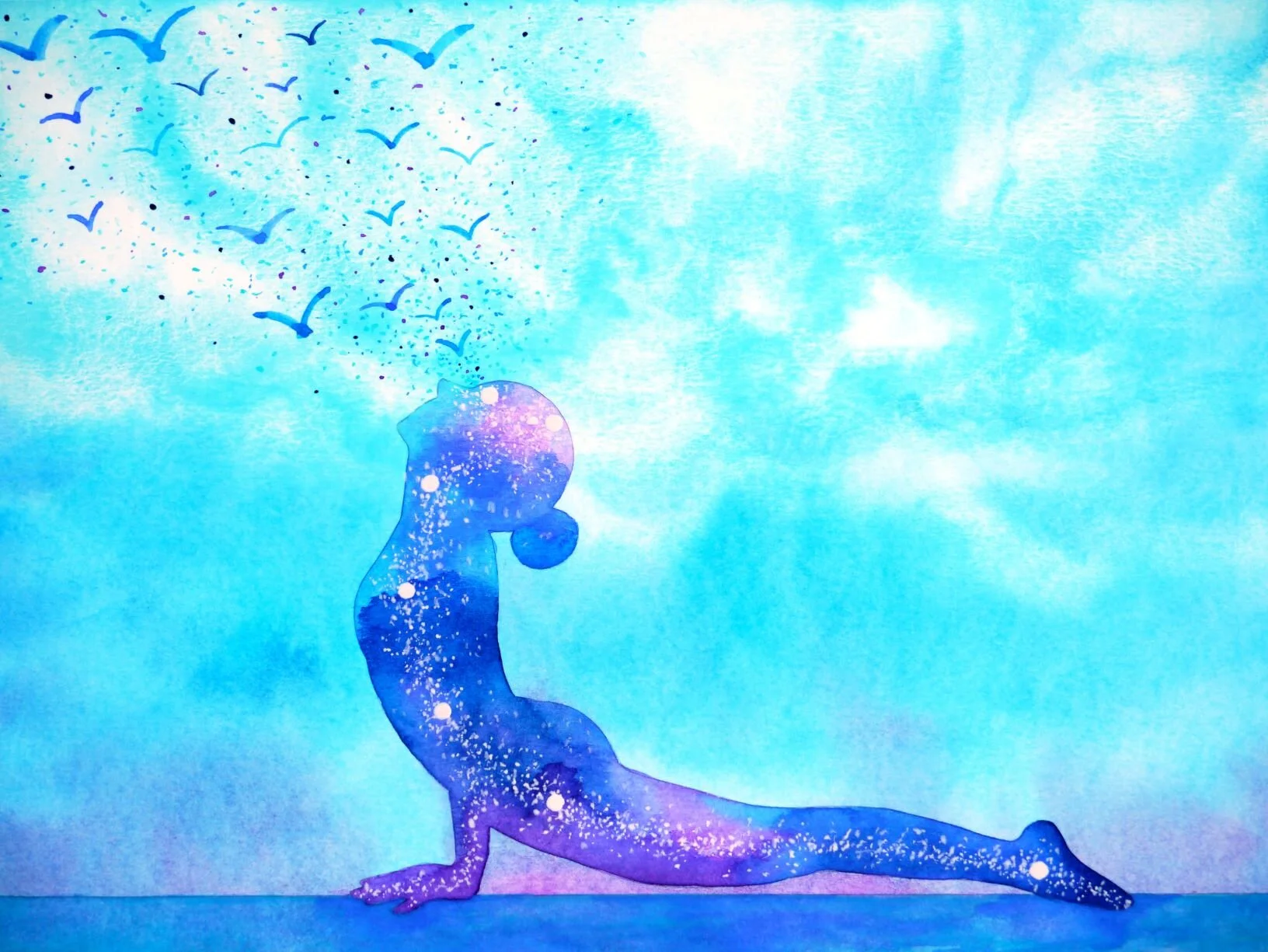Love is an energy, a Shakti, that calls us to unify ourselves internally, merge body and soul, and form a relationship with another being. There are many forms of love: the kind of love we have for a friend, a sexual partner, a family member, and the profound, unconditional love we share with a pet.
Great skill is required in every moment of love. Each relationship asks to be cherished and held in our awareness in a particular way; it requires balance of a specific kind, and uses different emotional muscles. A love relationship is a type of asana flow.
Love is a particular practice of yoga – complex, demanding, and exhausting. It can also be the most meaningful and rewarding practice in the world. When we give our total attention to someone, a special quality of spaciousness and tranquility can emerge.
In the love song between Shiva and Shakti called The Radiance Sutras, we hear:
Love is particular.
When you love someone,
A tangible, touchable someone,
The whole world opens up.
If you want to know the universe,
Dare to love one person.
All the secret teachings are right here—
Go deeper, and deeper still.
The gift of concentration
Is the spaciousness that surrounds it.
Focus illuminates immensity.
vastvantare vedya māne
sarva vastuṣu śūnyatā
tām eva manasā dhyātvā
vidito 'pi praśāmyati
Constructing an approximate pronunciation:
vastu–antare vedya–maane
sarva–vastushu shoonyataa
taam eva manasaa dhyaatvaa
viditah api pra-shaamyati
Consulting the Monier-Williams Sanskrit-English Dictionary, we see:
Vastu - becoming light, dawning. The seat of any really existing substance or essence. In philosophy - the real, opposed to that which does not really exist, the unreal. The right thing, a valuable or worthy object. In music, a kind of composition. The essence or substance of anything. Antare - amidst, among, between. Vedya - notorious, celebrated. To be learned or known. To be recognized. Relating to the Veda. To be married. Sarva - whole, entire, all, every, everything, all together, in all parts, everywhere. Sunyata - emptiness, loneliness, desolateness, distraction. Nothingness, non-existence, non-reality, illusory nature of all worldly phenomena. Sunya - void of results. Bare, naked. Guileless, innocent. Space, heaven, atmosphere. Tam eva - that indeed. Manas - mind in its widest sense as applied to all the mental powers, intelligence, understanding, perception, sense, the faculty or instrument through which thoughts enter or by which objects of sense affect the soul; the breath or living soul which escapes from the body at death. Thought, imagination, invention, intention, affection, desire, mood, temper, spirit. Dhyana - meditation, thought, reflection. Mental representation of the personal attributes of a deity. Vidita - known, understood, perceived. Information, representation. Api - and, also, assuredly. Prasam - to become calm or tranquil, be soothed, settle down. To make subject, subdue, conquer.
The imagery in these definitions suggests the poetic truth, a language of the heart:
Love is light. This is real. This is essence. This is to be known. To love is to know. Everything is right here. The world is not real. This love is real, right now. My mind, my heart, my very breath, are focused on you. I am naked before you. I surrender, I am conquered by this love. I die into this love, I let go. The spaciousness around us is heaven.
This verse hints at the idea that when you love one tangible person or thing, everything else melts into nothingness. When meditating on that spaciousness, the mind is able to rest in tranquility.
These are experiences that lovers know in the intensity of love’s flow. When you are with your cat, dog, boyfriend, girlfriend, mate, or child, and love streams through you, body and soul are united in loving attention. This yoga of love is a practice that occurs naturally to everyone who loves deeply.
When you focus on something that engages your entire interest, the mundane world dissolves and all your troubles are forgotten. You melt into the spaciousness that is holding you both. This is wonderfully peaceful. You are walking on air. This tranquility, however brief, is a nectar, a magic food that soothes the nerves and gives strength to keep on loving. The total involvement of our full capacity to perceive opens the doorway into the surprising moments of communion when the outer world fades away into an illusion and we realize, “this is heaven.”
In order to love fully, we need to utilize all of our senses – vision, hearing, balance, motion, touch, smell, and taste. For example, our bodies are permeated with sensors—stretch receptors that inform us of how far we are extending as we move. We also have a sense of heart-stretch, and through this sensation, we are called to say ‘yes’ to the ache of loving. The heightened sensory appreciation we cultivate through practice lights up our inner pathways, so that we learn how to go inside and draw on greater reserves of strength and forgiveness. Savoring the moments of tranquility soothes us, so that we can practice graceful responses beyond mechanical reactivity of fear and anger.
When we adore someone, we even love their idiosyncracies, all of their weird but charming quirks: the sound of their laughter, the way they want to be touched, the way they perceive the world. We delight in their ever-evolving soul expression.
Love is a perpetual meditation as we cherish those we love and hold them in our hearts. In this sutra, Shiva is pointing out that any object we love and attend to wholeheartedly is a worthy mantra or doorway into practice. The tools of yoga meditation can be used with any perception – shift from the outer physical level to the subtle essence and then into heavenly spaciousness.
*This approach to Sanskrit, of listening to the poetic resonance inside it, could be termed a “semantic field” (SA) analysis, as contrasted with a grammatical analysis (GA.) A GA analysis of this verse might be, “When you perceive a particular object, all other objects will melt into nothingness. Meditate on that nothingness and rest in tranquility.”
**Thanks to Dr. John Casey for consulting on the pronunciation.

























